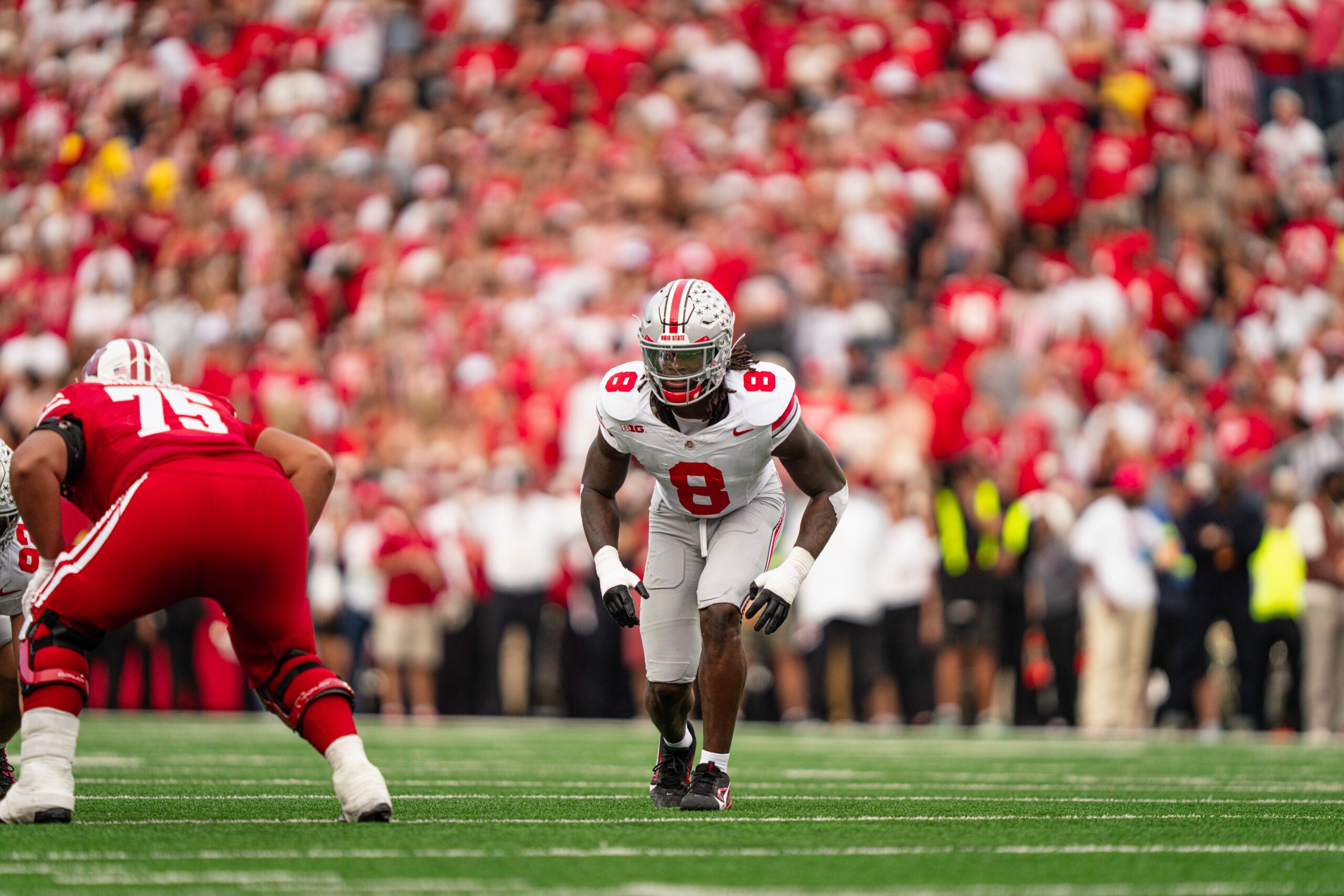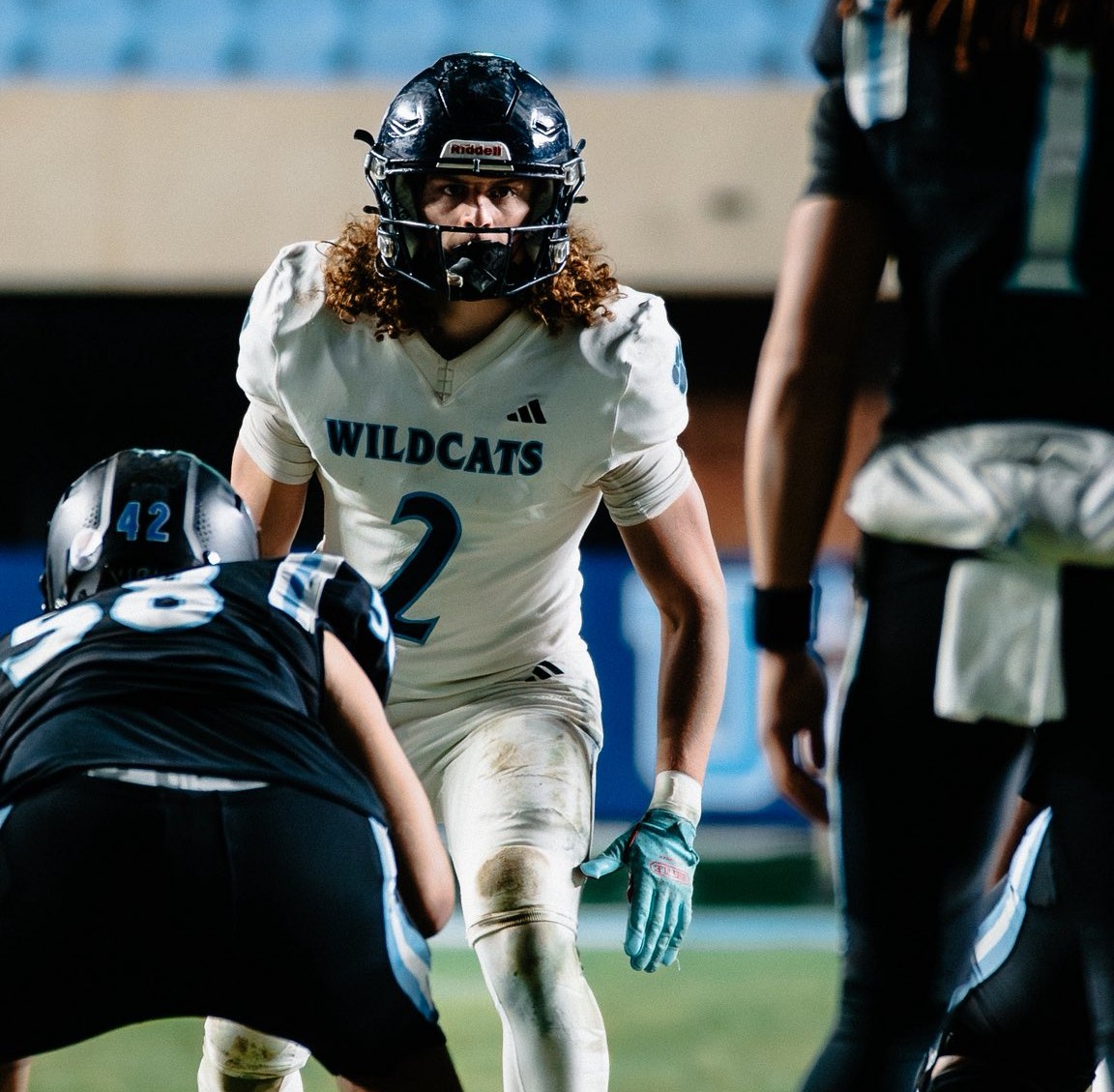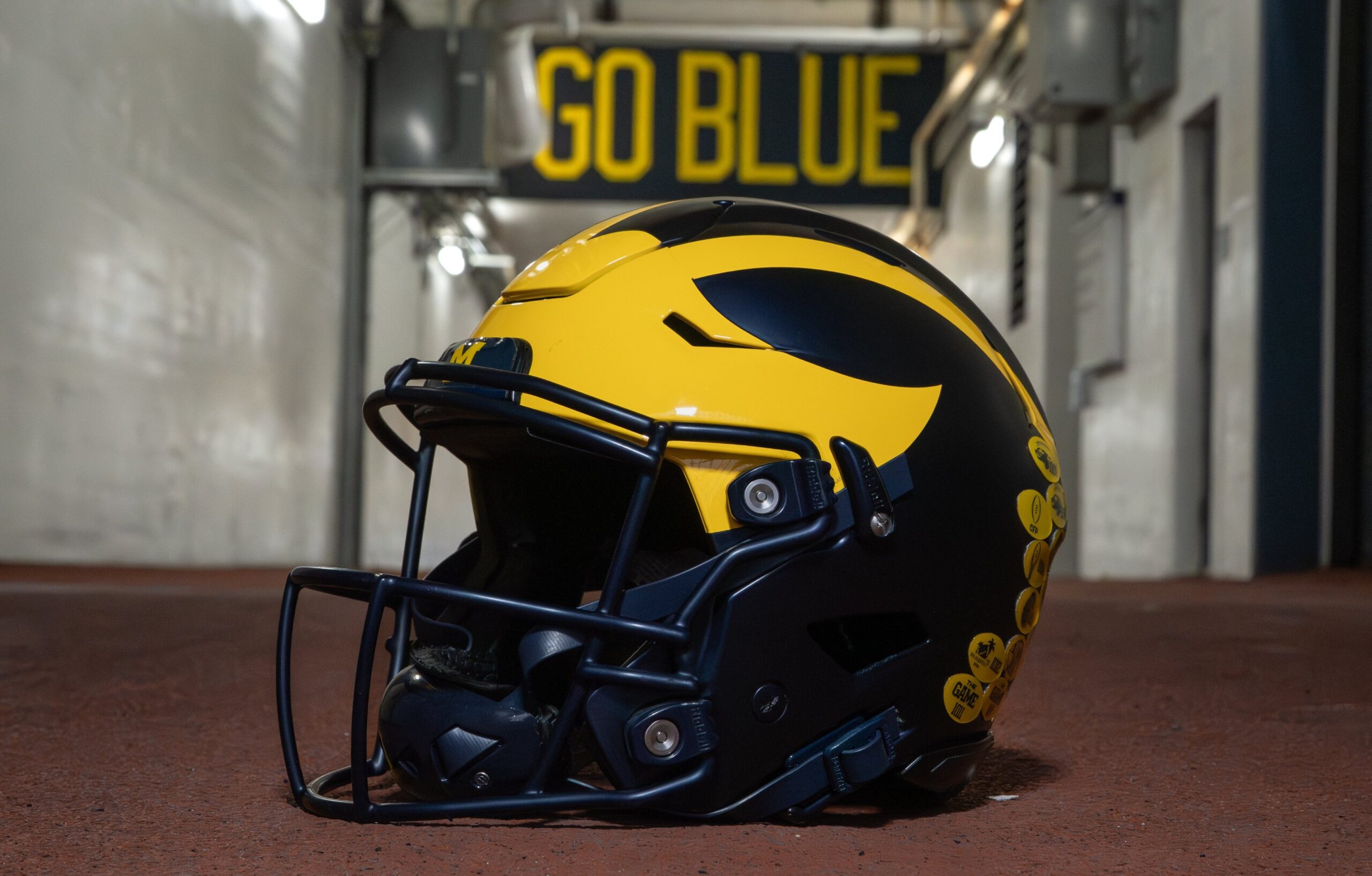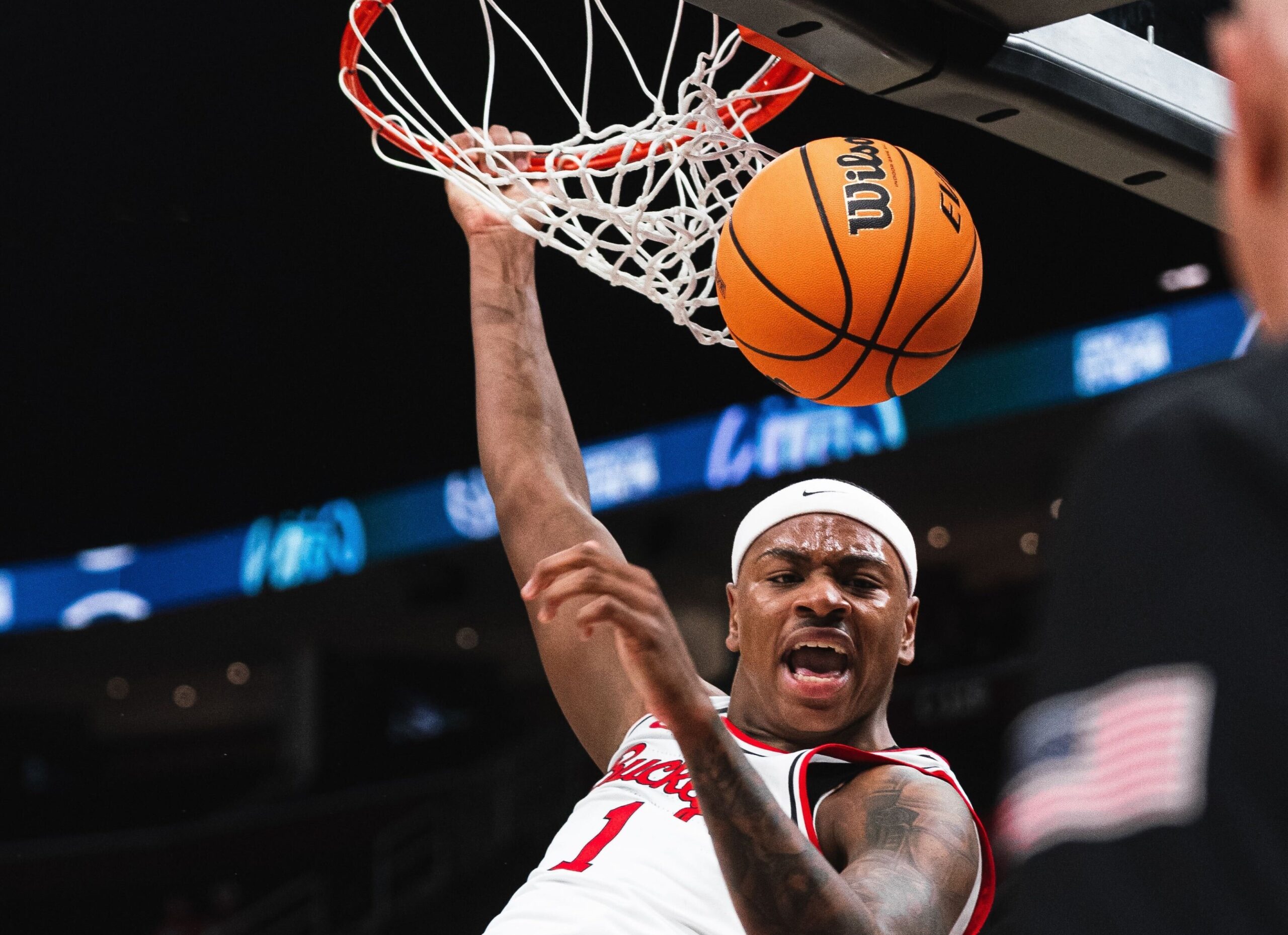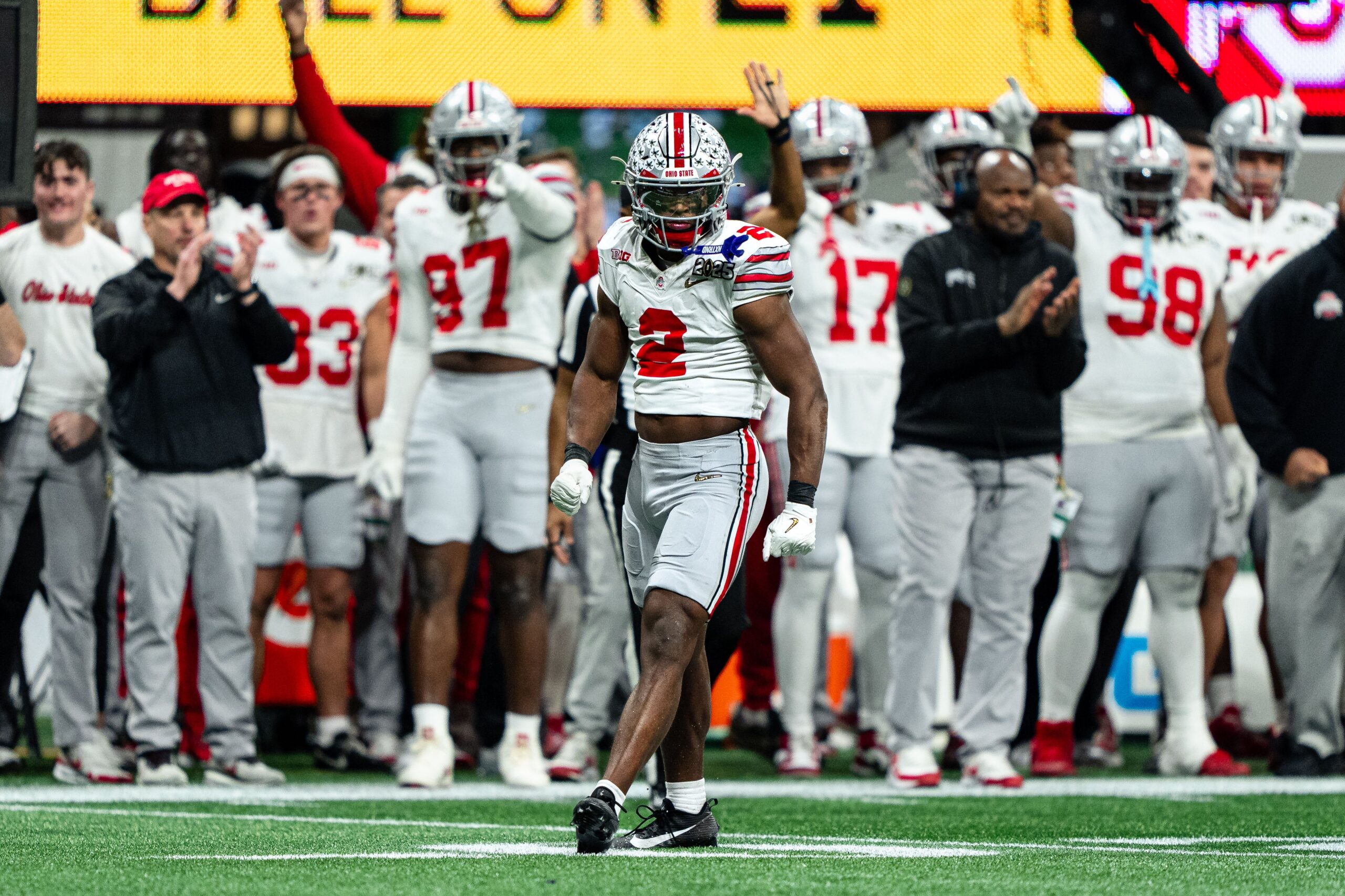
Offensive Firepower and Key Players
Oregon’s 2024 football season promises excitement and high expectations, particularly with the dynamic duo of quarterback Dylan Gabriel and running back Bucky Irving. Gabriel, transferring from Oklahoma, brings experience and skill, aiming to replicate his impressive performances. Irving, with his agility and power, remains a consistent force in the backfield. The offensive line, a vital part of Oregon’s success, stands out for its remarkable resilience and effectiveness, providing Gabriel with the necessary protection to execute deep passes and manage the game efficiently.
The receiving corps, featuring talents like Troy Franklin and Tez Johnson, adds depth and versatility to the offense. With these weapons, Oregon’s offense is set to be explosive and high-scoring, aiming to keep up with and outpace opponents.
Defensive Standouts and Improvements
Oregon’s defense boasts a unique mix of size and speed, particularly with players who can dominate in various positions. One standout is a player who, despite his size, exhibits exceptional speed. While he could play nose tackle, the team plans to use him more on the edge, which is exciting. This brings memories of Kayvon Thibodeaux, whose elite rushing ability transformed the defense. With Mateo Uiagalelei showing promise and Elijah Rushing, a freshman recruit, stepping up, the defensive line looks strong. Tatum Tuioti, the coach’s son, is another player to watch, especially in the early games against Idaho, Boise State, and Oregon State.
Despite the challenges, Dan Lanning has taken steps to bolster the secondary. Transfers like Cam Alexander and Tyson Johnson, along with recruits such as Jaleel Florence, aim to provide stability. Brandon Johnson from Duke, known for his speed, is another exciting addition. The goal is to reduce reliance on the transfer portal by developing homegrown talent, ensuring a strong defensive backfield for the future.
Addressing Last Season’s Weaknesses
The defensive line appears solid with returning talent and new recruits. However, last season, the team’s main struggle was against elite passing offenses, such as Washington’s. The secondary’s depth was a significant weakness, exacerbated by the tragic loss of Kyrie Jackson, who died in a DUI accident. To address this, Oregon successfully recruited Jabbar Muhammad from Washington, adding depth and experience to the secondary.
While the defensive line and front seven look solid, the secondary remains an area of concern. Last season, Oregon struggled against elite passing offenses like Washington’s, leading to key losses. The tragic loss of Kyrie Jackson, who died in a DUI accident, further weakened the secondary’s depth. In response, Oregon recruited Jabbar Muhammad from Washington, bringing much-needed experience and talent.
Dan Lanning has also targeted transitional players like Cam Alexander and Tyson Johnson, along with recruits such as Jaleel Florence, to strengthen the secondary. Brandon Johnson from Duke, known for his speed, adds another layer of depth. The goal is to reduce reliance on the transfer portal by developing homegrown talent, ensuring a strong defensive backfield for the future.
Schedule Analysis and Expectations
Oregon’s schedule presents a mix of challenging and manageable games. The first three games against Idaho, Boise State, and Oregon State are expected wins. Key matchups include trips to UCLA and Michigan, and a home game against Michigan State. The game against Ohio State on October 12th is highly anticipated. Other notable games include Purdue, Wisconsin, and the rivalry game against Washington.
The floor for Oregon this season is a 9-3 record, considering potential injuries and challenging matchups. The ceiling, however, is much higher. If the team stays healthy and performs to its potential, a 12-0 record and a national championship are within reach. The key will be maintaining offensive efficiency and shoring up the secondary to handle elite passing offenses.
Travel and Physicality Challenges
A crucial factor for the Ducks will be navigating the travel and physicality of the Big Ten schedule. This aspect may not affect Oregon as much as other West Coast teams, but it’s significant. Playing consecutive Big Ten games can be grueling. For example, facing Nebraska, Purdue, and Illinois in a row, even if they are considered manageable opponents, can leave the team physically beat up. The added travel demands could further exhaust the players by season’s end.
Conclusion
Oregon’s 2024 season is poised for success with a strong offensive line, a promising defensive line, and improved secondary depth. While challenges remain, particularly against elite teams, the Ducks have the talent and potential to achieve a standout season. Navigating the physical demands and travel of the Big Ten will be key, but if Oregon manages these well, a national championship run is within reach. Fans can look forward to thrilling games and the possibility of seeing Oregon and Ohio State clash multiple times, potentially setting the stage for a new rivalry in the Big Ten.

